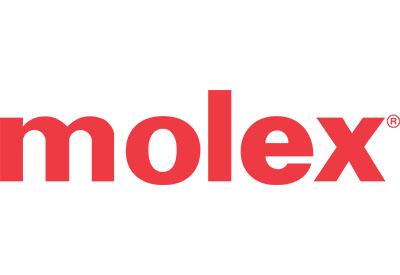Nestlé: Setting the technical benchmark with Hygienic design from Rittal

Rittal and Nestlé continue to surprise people with even more innovations!
 The Nestlé Product Technology Centre (PTC) in Orbe, Switzerland, is the Group-wide research and development centre for coffee, chocolate drinks and malt beverages. Nestlé demands state-of-the-art process technology, high availability and hygienic design from its suppliers when purchasing new machines. This applies for Rittal too.
The Nestlé Product Technology Centre (PTC) in Orbe, Switzerland, is the Group-wide research and development centre for coffee, chocolate drinks and malt beverages. Nestlé demands state-of-the-art process technology, high availability and hygienic design from its suppliers when purchasing new machines. This applies for Rittal too.
‘The ambition is clear: the PTC wants to continue setting the technical benchmark within Nestlé and surprise people with even more innovations’.
“We simply want to acquire the best and most modern products that the market has to offer.” Philippe Demarque, Project Manager, Nestlé PTC Orbe
“Our goal is to provide the Food & Beverage industry with innovative Hygienic Design products to maximize cleanliness and minimize downtime, thus raising productivity.” Tim Rourke, President, Rittal Systems Ltd., Canada
Efficient Cleaning
Nestlé has drawn up a comprehensive hygiene specification for all open processes in foodstuffs production. This stipulates how electrical cables are to be fixed in place, regulates the cleanability of the surfaces of systems and machines or spells out the precautions to be taken during welding. “At Nestlé, we stay on the safe side and simply add two more sets of requirements,” says Philippe Demarque, Project Manager at the PTC.
Everywhere, there are bundles of stainless steel pipelines for different qualities of water or compressed air that lead to the individual containers and machines. The easy accessibility of the installations plays a role in the maintenance of the systems and machines in the PTC. The daily cleaning processes have to be performed efficiently. CIP (clean-in-place) cleaning is conducted step-by-step: Cleaning fluid mixed with sodium hydroxide solution first dissolves the dirt in the containers, which are then rinsed out. This is followed by oxygen-enriched water and finally hot water. Rinsing is then performed, several times. Mr Demarque describes the practice thus: “The high-pressure cleaner is our most important tool. The units are cleaned from top to bottom; the river of water and foam is aimed at taking everything with it.”
Hygienic Design (HD) is becoming increasingly important for efficient cleaning processes, including those at Nestlé. The demand for hygienic design is comparatively new. More than 20 years ago, the metal surfaces of many enclosures and housings consisted of a galvanised protective layer. After experiencing their susceptibility to rust, the manufacturers turned to stainless steel surfaces. Rittal in particular has committed itself to hygienic design and sees itself as a system partner to the food industry. Several Rittal enclosures, operating housings and terminal boxes are installed in the Nestlé PTC. This way, electronic components are protected against dust, water and other foreign influences.
 Compact Enclosures in an Easy-to-Clean Design
Compact Enclosures in an Easy-to-Clean Design
The benefits of Rittal’s HD products over older enclosures immediately catch the eye: Gap-free, all-round silicone gaskets in a striking shade of blue are inserted securely on the insides of doors and walls. The hinges are located inside the enclosure. This provides an exceptionally easy-to-clean design. HD down to the smallest detail: Large, see-through viewing covers are attached to protect buttons or displays. The transition from viewing cover to frame is free of gaps. The screw caps are also in hygenic design, as are the enclosure keys. And the most obvious thing is also advantageous in a foodstuffs operation: The compact enclosures have a roof pitch of 30 degrees, allowing liquids to run off quickly. In addition, the HD enclosures are mounted with round, metal distance spacers for wall-mounting. This way, the rear panel of the enclosure can be cleaned.
The ambition is clear: the PTC wants to continue setting the technical benchmark within Nestlé and surprise people with even more innovations.
For more information about Rittal’s HD enclosures, email marketing@rittal.ca or visit www.rittal.ca









![Guide to the Canadian Electrical Code, Part 1[i], 26th Edition – A Road Map: Section 10 – Grounding and Bonding](https://electricalindustry.ca/wp-content/uploads/2022/11/Guide-CE-Code-2.png)





